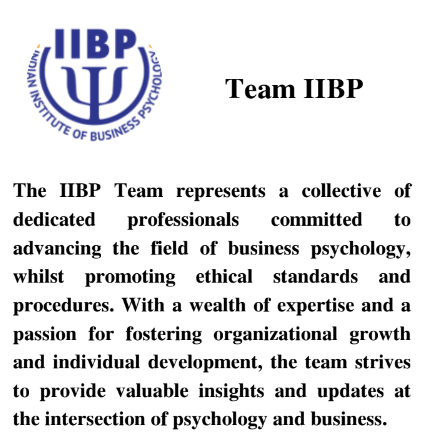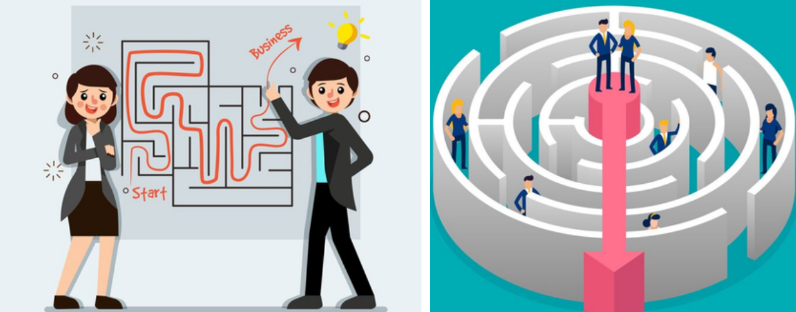Welcome to the digital bazaar, where every click, swipe, and scroll influences our choices, often without us even realizing it. But fear not! Today, we’re embarking on an interactive journey to understand the hidden forces shaping our decisions online, especially when it comes to making seemingly simple choices, like picking a new smartphone.
Imagine you’re on a quest to find the perfect smartphone. But here’s the twist: it’s not just about which phone has the best camera or the longest battery life. It’s about unraveling the secrets of online persuasion that are gently nudging you towards that “Buy Now” button.
Ready to play?
Round 1: Follow the Crowd – The Magic of Social Proof
You’re looking at two smartphones: one with thousands of 5-star reviews and another with just a handful. Which one do you feel drawn to? This pull towards the more popular choice is known as social proof. Psychologist Robert Cialdini highlights this phenomenon in his seminal work, showing how we’re wired to follow the herd. It’s like choosing the busiest restaurant on the street – surely, all those people can’t be wrong, right?
🔍 Your move: Before we move on, take a second to look back: How often do you rely on online reviews to make purchase decisions? [Often / Sometimes / Rarely]
Round 2: The Expert Says – The Authority Bias
An influential tech blogger just crowned a specific model the “Ultimate Smartphone of the Year” and that ranking has gotten 10 million views. Suddenly, it’s all you can think about. This is the authority bias at play, another gem from Cialdini’s treasure chest of persuasion principles. We tend to trust the judgment of experts, assuming they’ve done the homework for us.
🔍 Your Move: Consider why you trust this expert? Is it their expertise or is it the persuasive power of their authority shining through?
Round 3: Be Like Me – The Liking Principle Ever noticed how some smartphone ads seem to speak directly to you? Maybe they showcase environmentally friendly materials, tapping into your love for the planet or show an adventurous travel experience with the smartphone is shown as the best companion to have along. This strategy uses the liking principle, where we’re more easily persuaded by those we find likable or who seem similar to us.
🔍 Your Move: Reflect on what draws you to a brand. Is it genuine affinity, or are you being charmed by strategic likability/alternate version of your life?
Round 4: A Gift For You – The Reciprocity Reflex “Sign up now and get an exclusive wallpaper pack!” or “Buy this phone now and get a free set of earphones”. This offer triggers the reciprocity reflex: receive a gift, and you’ll feel a subtle urge to give something back, like your loyalty or your business. Cialdini’s research suggests we’re naturally inclined to reciprocate favors, a principle cleverly leveraged in marketing strategies.
🔍 Your Move: When enticed by a freebie, think about what’s being asked in return. Are you okay with the trade-off?
Round 5: Last Chance! – The Scarcity Scare
“Only 5 left in stock!” This warning sets off alarm bells in your head, thanks to the scarcity principle. Our brains are hardwired to value scarce resources more highly, a survival instinct from way back. Cialdini points out how marketers can create a sense of urgency, making us fear we might miss out.
🔍 Your Move: Before rushing to beat the countdown, ask yourself if you really need the product or if you’re just caught up in the scarcity spell and think that “If so many people are buying it and it’s running out of stock, it MUST be great and I don’t want to be left out”.
The Game Is On!
Navigating the world of online persuasion is a fascinating journey. By understanding the psychological underpinnings of these tactics, as illuminated by Cialdini and others, you’re not just a passive player in the game of digital influence— you’re a savvy navigator, making informed choices that truly reflect your needs and values.
But with this knowledge comes power—the power to recognize these influences and make more informed decisions in our digital lives. Remember, the key to navigating the digital maze isn’t just knowing the right path but understanding why we choose it in the first place.
Best of luck to you, Player One!
References:
Cialdini, R. B. (1984). Influence: The Psychology of Persuasion. New York: HarperCollins.
Goldsmith, R. E., & Lafferty, B. A. (2002). “The Influence of Endorsement by Professional Athletes on
Sports Product Evaluation.” Journal of Consumer Research, 29(4), 567-578.
Regan, D. T. (1971). “Effects of a Favor and Liking on Compliance.” Journal of Experimental Social
Psychology, 7(6), 627-639.
Aggarwal, P., Jun, S. Y., & Huh, J. H. (2011). “Scarcity Messages: A Consumer Competition
Perspective.” Journal of Consumer Psychology, 21(3), 301-311.
About the author


